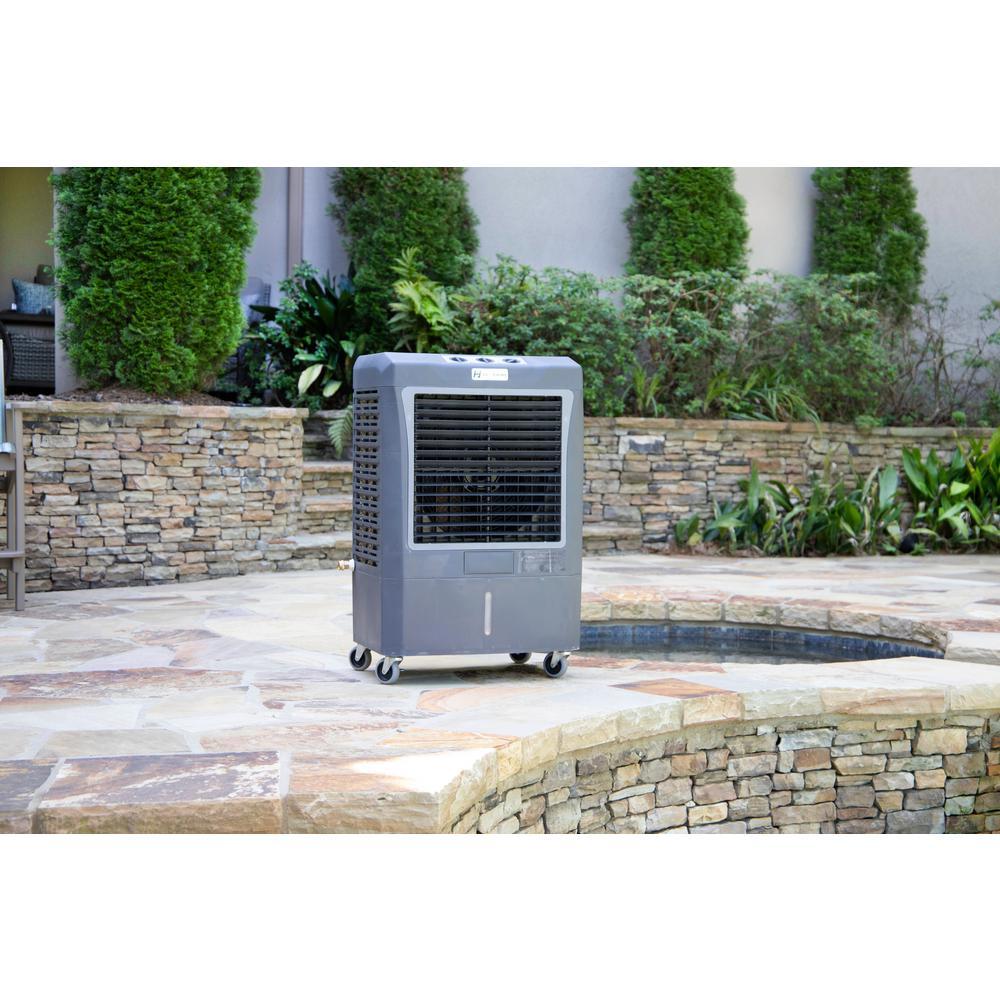Evaporative Cooling: An Effective and Eco-Friendly Way to Lower Temperatures

How Does Evaporative Cooling Work?
When water evaporates, it draws heat from the surrounding air. An evaporative cooling system takes advantage of this principle by running hot, dry air through pads or meshes that are kept continuously wet. As the air passes through the wet pads, the water begins to evaporate. This transition from liquid to gas uses heat energy, which is drawn from the surrounding air. The air that emerges from the other side is cooler than when it entered.
Components of an Evaporative Cooling System
All evaporative cooling systems share some basic components:
- Water distribution system: Delivers water evenly across the wetted surfaces to promote evaporation. This often consists of pipes with small holes or nozzles.
- Pump: Circulates water from the reservoir to the distribution system.
- Reservoir: Holds the water supply for the system.
- Air flow system: Ductwork and fans move hot air through the moist pads/media.
- Wetted pads/media: Fibrous materials like fabric, wood, or plastic that water is dispersed across for evaporation.
- Dampers/louvers: Direct airflow into and out of the system.
How Much Cooling Can Be Achieved?
The maximum temperature drop an Evaporative Cooling can provide is around 25°F, bringing air down to within a few degrees of the local wet-bulb temperature. The wet-bulb temperature represents the lowest possible temperature air can be cooled to under given conditions. Actual cooling performance depends on factors like incoming air temperature and humidity levels. Systems are rated based on their expected cooling capacity in British Thermal Units (BTUs).
Environmental Advantages over Conventional Air Conditioning
While refrigerated air conditioners use vapor-compression cycles that require electricity to power compressors and fans, evaporative cooling relies on a simple and direct heat exchange process between air and water. This makes it a far more energy efficient and eco-friendly option in many climates. Estimates show evaporative coolers use around 90% less energy than central air conditioning. They also emit no harmful refrigerants into the atmosphere. The only inputs required are a water supply and the power needed to operate water pumps and circulation fans.
Applications of Evaporative Cooling
Commercial Buildings: Popular for industrial, warehouse, and agricultural facilities where large volumes of air need to be conditioned efficiently. Schools, office buildings, and retailers in dry climates also often use evaporative cooling.
Residential Homes: Common in the Western U.S., especially in arid regions like Arizona, New Mexico, Utah and parts of California. Entire-home systems or standalone "swamp coolers" provide cooling during hot summer months.
Get more insights on Evaporative Cooling
- Art
- Causes
- Crafts
- Dance
- Drinks
- Film
- Fitness
- Food
- Games
- Gardening
- Health
- Home
- Literature
- Music
- Networking
- Other
- Party
- Religion
- Shopping
- Sports
- Theater
- Wellness
- IT, Cloud, Software and Technology


